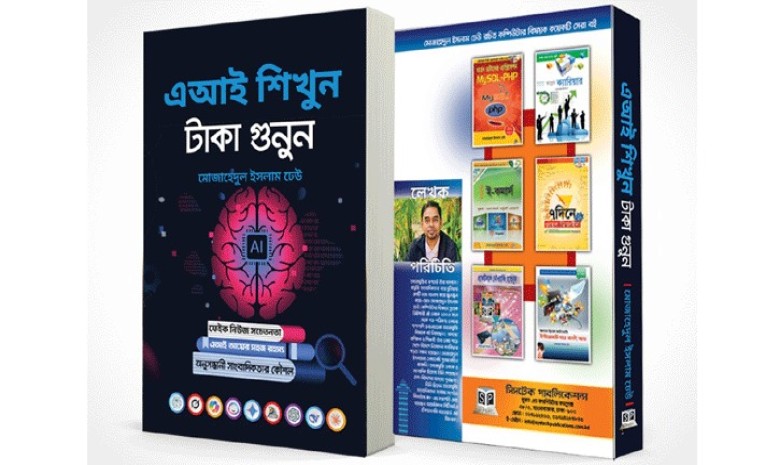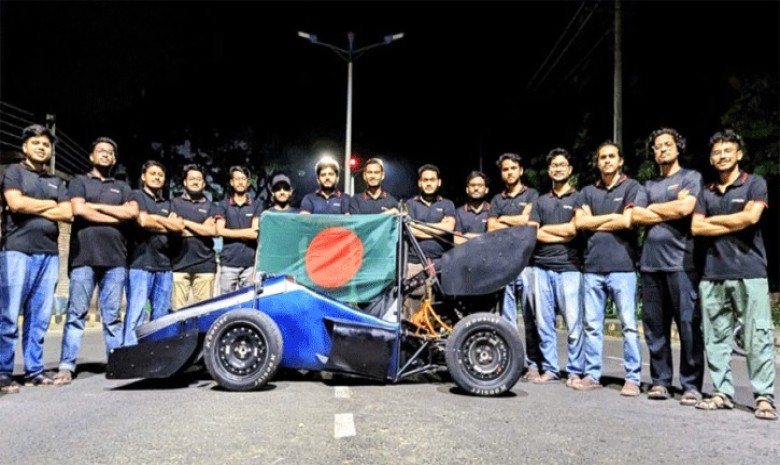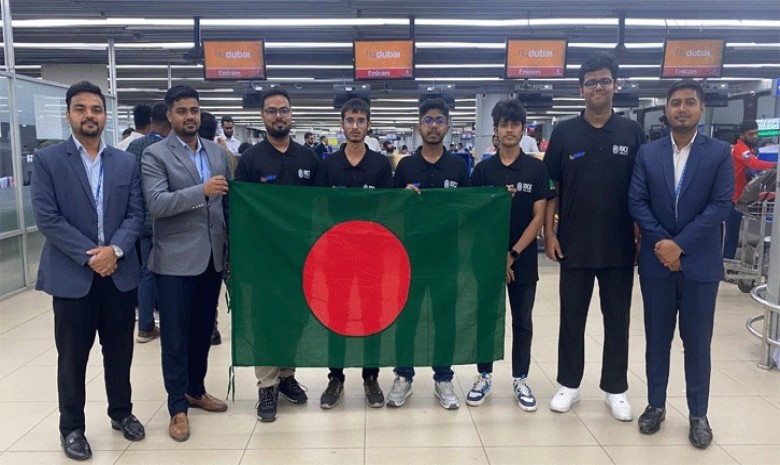"If you can't do bioinformatics, you can't do biology."
When bioinformaticist James D. Tisdall wrote this in 2003, biologists were facing a dramatic increase in genomic data thanks to the advancement of sequencing technology.
To manage hundreds of thousands of genomic sequences, bioinformatics—which integrates biology, computer science and statistics—quickly became an essential tool. Nowhere has this been demonstrated more clearly than in the fight against SARS-CoV-2, the virus behind Covid-19.
With more than ten million people infected around the world, thousands of viral genomes are being sequenced and deposited each day. The only way to make sense of this data deluge—and gain the upper hand in the fight against COVID-19—is through bioinformatics.
This is where experts like Dr. Sebastian Maurer-Stroh, Deputy Executive Director for the Bioinformatics Institute (BII) of Agency for Science, Technology and Research (A*STAR) Singapore, come in.
Since the full sequence of SARS-CoV-2 was known in January 2020, Maurer-Stroh and his team have been tracking down mutations to infer the possible past and future of the outbreak.
"For the first five months, we did daily reports on the relationship of the viruses using phylogenetic trees," said Maurer-Stroh. "When new variants came up, we were the first to know and tell what they were."
One reason the team was able to respond so quickly was that they were building on previous expertise used to monitor flu, specifically an online bioinformatics tool called FluSurver. Using sequences from virus data-sharing platform GISAID, FluSurver enabled flu researchers around the globe to quickly screen for flu mutations.
Similarly, CoVsurver helps researchers to recognize mutations in uploaded sequences, annotates their effects, and highlight mutated regions of research interest in 3D structural models.
As of August 2020, the platform has over 91,000 viral genomes for analysis. By tracking mutations across these genomes, Maurer-Stroh found that differences among SARS-CoV-2 strains were small during the early phase of the outbreak.
Between February and March 2020, however, different genetic groups of the virus began to emerge. The clinical significance of these differences remains to be seen.
"If a mutation is in a specific part of the structure near where a drug binds, it may affect how the drug might work," explained Maurer-Stroh. Another closely watched region is the virus' receptor-binding site, which could alter the interaction between the virus and its host cell.
In collaboration with colleagues at Singapore's Tan Tock Seng Hospital, Maurer-Stroh contributed to the development of the Fortitude Kit, an accurate diagnostic test for SARS-CoV-2.
Since then, more than 40 countries worldwide have deployed the kit, underscoring how bioinformatics can make a real world impact.
Source-The Daily Star
Total views: 4887



























